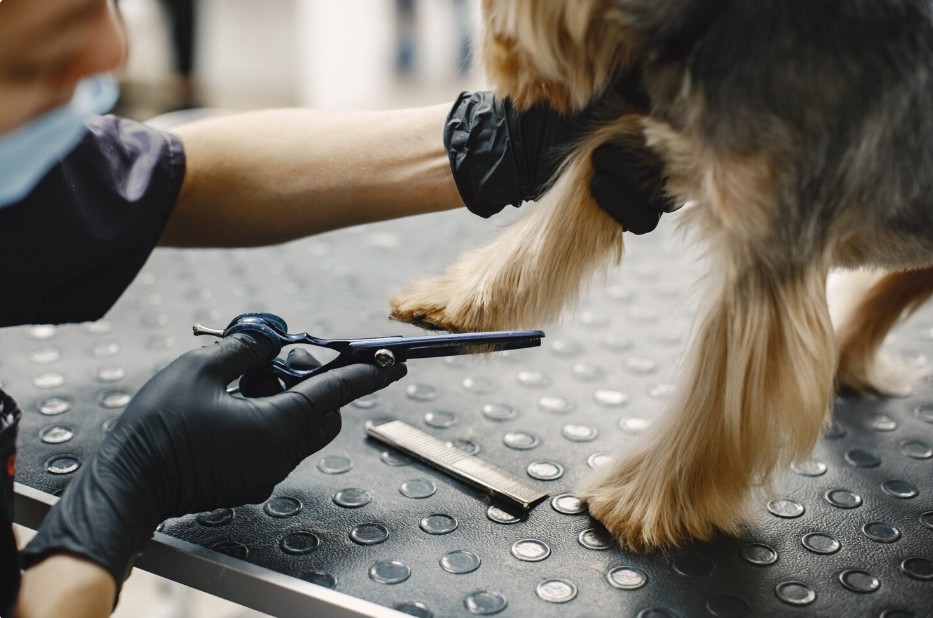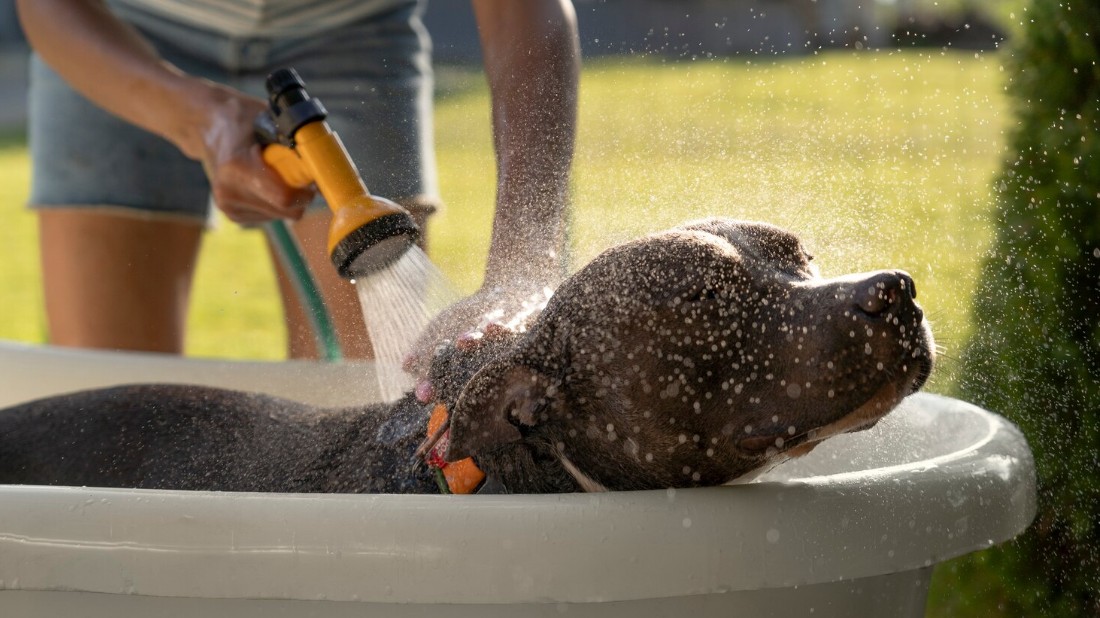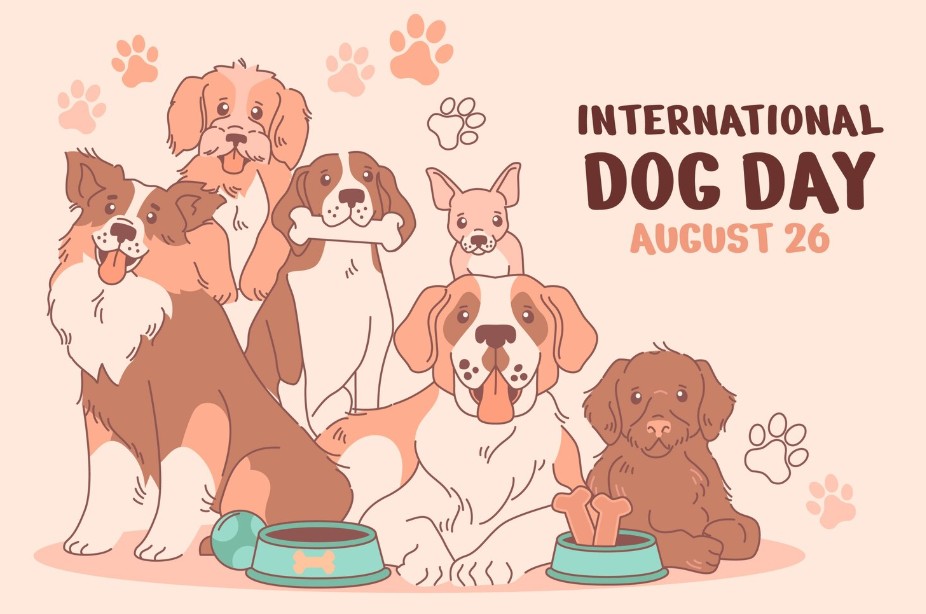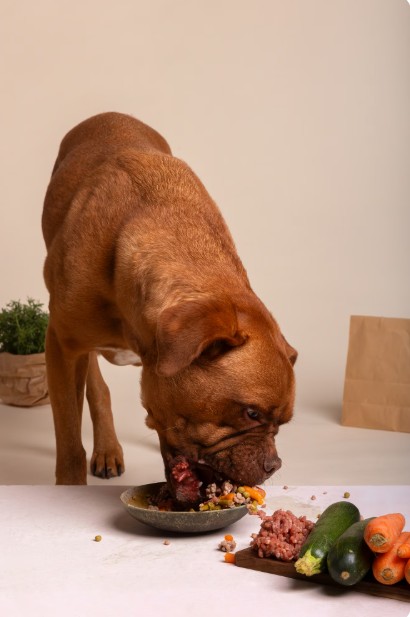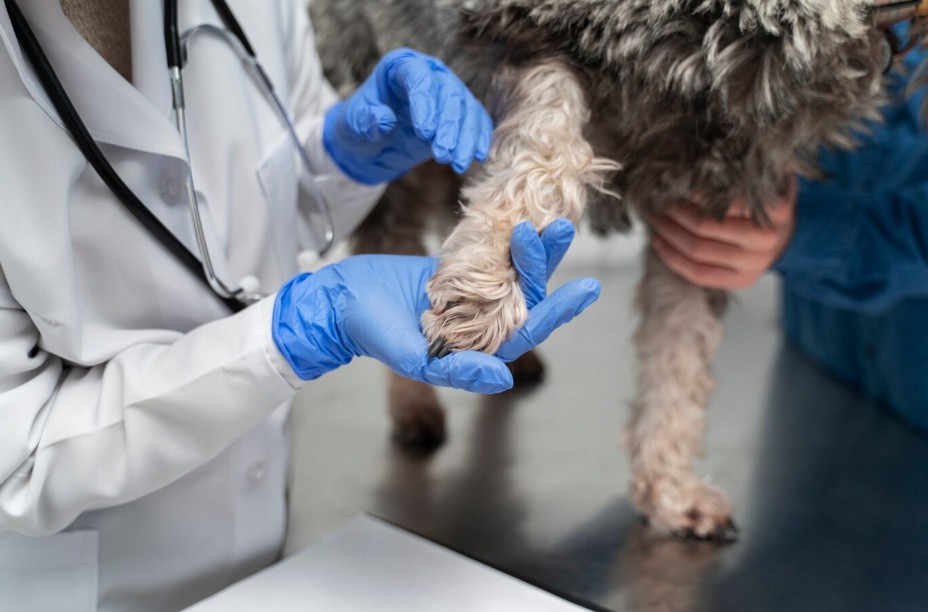Dogs make great companions, known for their endless love and loyalty. However, just like how humans can feel anxiety sometimes, dogs can feel it too. While some signs of anxiety in dogs can be obvious, others can be neglected easily. Identifying early signs can help you address them before they worsen and provide necessary treatment.
This blog discusses common symptoms of anxiety in dogs and practical treatment tips. Read more below.
Common Reasons for Anxiety in Dogs
Before diving into understanding the signs of anxiety in dogs, let’s first understand what may trigger stress among furry companions:
- Separation from pet parents
- Loud noises such as thunderstorms or fireworks
- Changes in the environment or routine, like shifting from the old house
- Abuse or trauma, more commonly seen in rescued dogs
- Lack of socialization
- Age-related sickness or cognitive decline
Knowing what may cause stress in dogs can help pet parents to avoid or address the problem effectively.
Top 8 Early Signs of Anxiety in Dogs
Dogs communicate through their body language and behavior. Let’s check out some early warning signs of anxiety in dogs:
1. Excessive Pacing or Restlessness
If your dog is constantly pacing back and forth, not able to settle down, it may indicate that they are stressed or feeling uncomfortable. Pay special attention if restlessness becomes a pattern.
2. Drooling or Panting Even When Not Active or Hot
In hot weather, it's natural for dogs to pant after exercise. But panting or drooling when the temperature is cozy and they are in calm conditions requires attention, as this may indicate anxiety.
3. Destructive Behavior
Scratching doors, chewing furniture, or digging inappropriately are signs of separation anxiety or frustration. They usually do it when they feel overwhelmed or left alone.
4. Tucked Tail and Ears Back
These indicate fear or submission, seen in anxious dogs. Look for changes in body posture that are dramatic in certain situations, such as during thunderstorms or when left alone. These may be the signs of fear-based anxiety.
5. Avoidance or Hiding
An anxious dog may hide under beds, inside closets, or behind furniture. If your once social dog is suddenly showing this behavior, these may be the signs of distress.
6. Excessive Whining or Barking
If your dog barks or starts whining more than usual when left alone, sees any new visitor, or is exposed to unfamiliar sounds, it can be a sign of anxiety. You must also focus on whether the tone or frequency of your dog’s barking changes.
7. Change in Appetite
Your dog may experience a decrease or, in some cases, an increase in appetite when they are anxious. Pay attention if your dog is suddenly becoming a picky eater or stops eating, as it could be more than just changes in mood.
8. Frequent Self-Grooming or Licking
Your dog can show behaviors like compulsive licking, particularly of paws or legs, for self-soothing. While occasional grooming is nothing to worry about, excessive licking is a sign of anxiety and can even lead to skin problems.
Dog Anxiety Treatment Tips for Pet Parents
Recognizing signs of anxiety in dogs is the first step, but what comes next is more important. Here are some effective dog treatment tips pet parents should know:
1. Create a Safe Space
Pet parents should provide a safe, quiet space where their dogs can feel calm when feeling overwhelmed. You can also add a soft bed, favorite toys, and even calming music to soothe them.
2. Develop a Routine
Dogs thrive on predictability. Maintain a consistent routine for feeding, playtime, and walks. This schedule will make your dog feel secure, reducing stress.
3. Mental and Physical Stimulation
An under-stimulated dog is most likely to suffer from stress and anxiety. Regular walks, interactive toys, play sessions, and puzzle feeders can reduce boredom and provide healthy outlets for energy.
4. Use Positive Reinforcement
Reward your dog for calm behavior with praise or treats. Don’t punish furry companions for their anxious behavior, as this can trigger stress even more. They need your gentle guidance to enforce positive actions.
Also Read: https://www.justiceforleia.com/blog/top-5-foods-that-could-make-your-dog-sick/
5. Socialization and Desensitization
If your dog shows signs of fear in certain situations, like when meeting strangers or during car rides, expose them to these situations gradually using rewards.
Every dog deserves to live a comfortable and calm life. Pet parents must treat them with patience, love, and care to help them get there. Consult a veterinarian if your dog still shows signs of anxiety.

